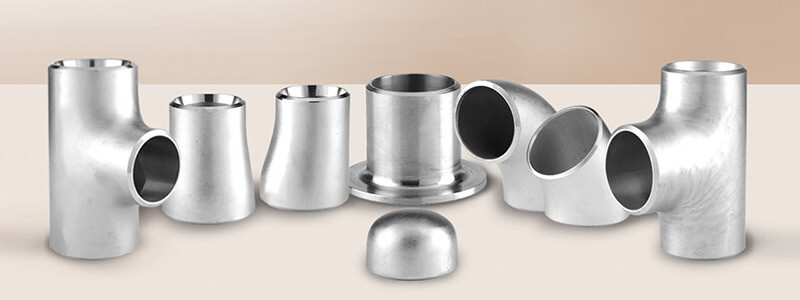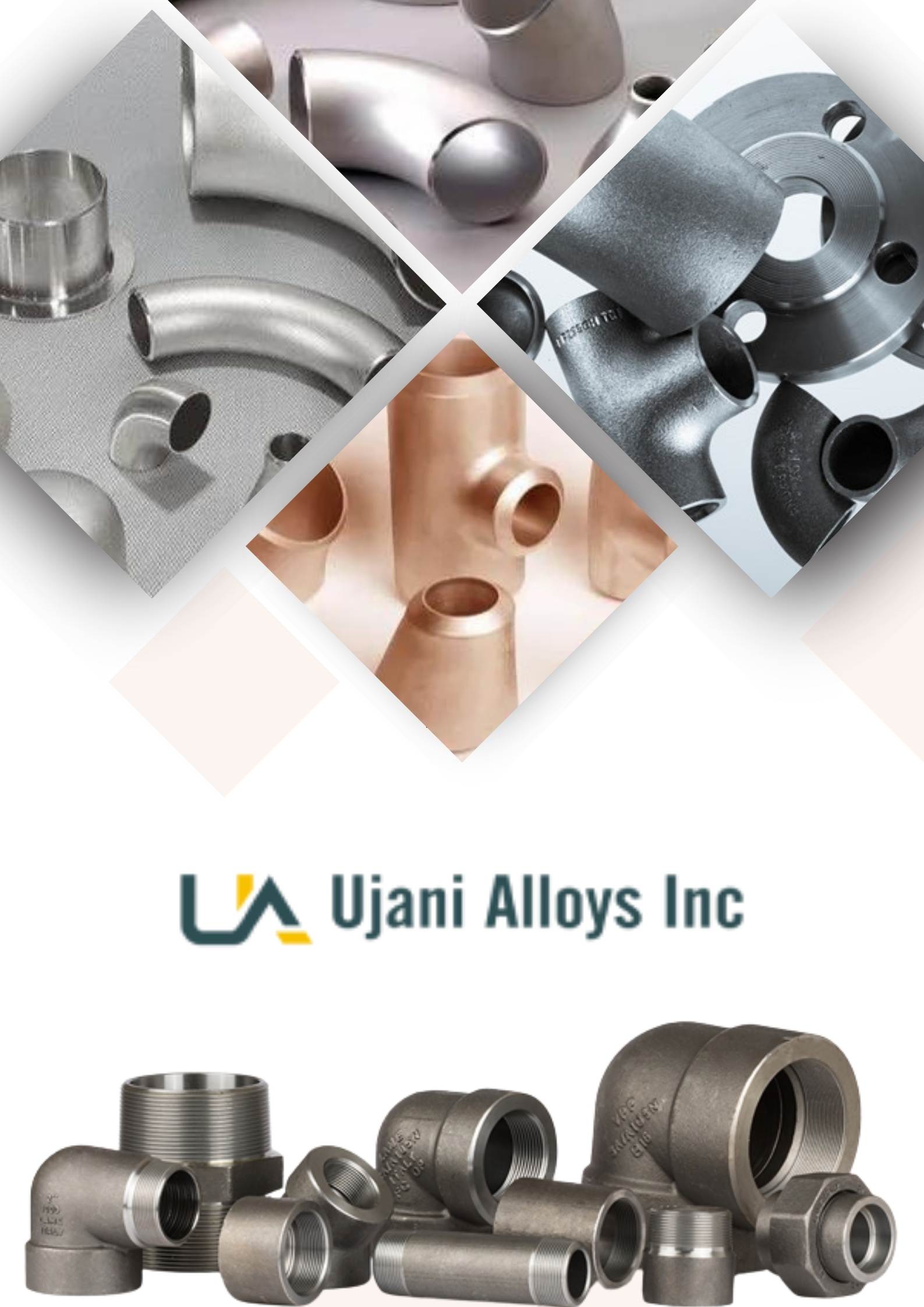
Exploring Stainless Steel Fittings and Butt Weld Fittings
Introduction
Stainless steel fittings and butt weld fittings are essential components in various industries, particularly in piping and plumbing systems. These fittings play a crucial role in ensuring leak-free and durable connections, making them a cornerstone of many applications.
Section 1: Stainless Steel Fittings
Stainless steel fittings are highly regarded for their corrosion resistance and longevity. They come in various types, including elbows, tees, couplings, and reducers. Stainless steel fittings find applications in industries such as food processing, chemical processing, and marine environments.
Section 2: Butt Weld Fittings
Butt weld fittings are known for their superior strength and reduced risk of leakage compared to threaded or socket weld fittings. These fittings, including elbows, tees, reducers, and caps, are joined through a welding process, which must be performed with precision.
Section 3: Material Selection
Choosing the right stainless steel grade for fittings is crucial and depends on factors such as temperature, pressure, and the nature of the transported fluid. Material selection is a critical aspect of ensuring the longevity and reliability of the fittings.
Section 4: Installation and Maintenance
Proper installation is key to the performance of stainless steel and butt weld fittings. Regular maintenance, including inspections and corrosion prevention measures, helps ensure the fittings' continued functionality and durability.
Section 5: Conclusion
In conclusion, stainless steel fittings and butt weld fittings are indispensable in creating dependable piping systems. Their corrosion resistance, durability, and leak-free performance make them the preferred choice in various industries. When selecting and installing fittings, it's essential to consider specific application requirements to make informed decisions.
Elbows, Tees, and Reducers are essential components in piping systems, playing crucial roles in directing and regulating fluid flow. These fittings are vital for ensuring the efficiency, safety, and functionality of pipelines across various industries.
Elbows are curved fittings used to change the direction of a pipeline. They come in various angles, with 90-degree and 45-degree elbows being the most common. 90-degree elbows are used to make right-angle turns, while 45-degree elbows offer a gentler curve. Elbows are critical for avoiding abrupt changes in flow direction, which can cause turbulence and pressure drop.
Tees, as the name suggests, resemble the letter "T." They are used to create branches in piping systems. Tees allow for the diversion of fluid in different directions, making them ideal for distributing fluid to multiple locations or combining flows from various sources. They are available in equal and unequal configurations to accommodate specific flow requirements.
Reducers are used to transition between pipes of different sizes. They come in two types: concentric and eccentric. Concentric reducers maintain a consistent centerline, gradually reducing or enlarging the pipe's diameter. Eccentric reducers, on the other hand, shift the centerline, which can be useful for draining or preventing air traps.
These fittings are typically made from various materials like steel, stainless steel, PVC, and more, depending on the application's requirements. Proper selection and installation of these components are essential for maintaining fluid flow, preventing leaks, and ensuring the overall integrity of the piping system. Whether in plumbing, industrial, or commercial settings, understanding and utilizing elbows, tees, and reducers are essential for smooth and efficient fluid transport.
